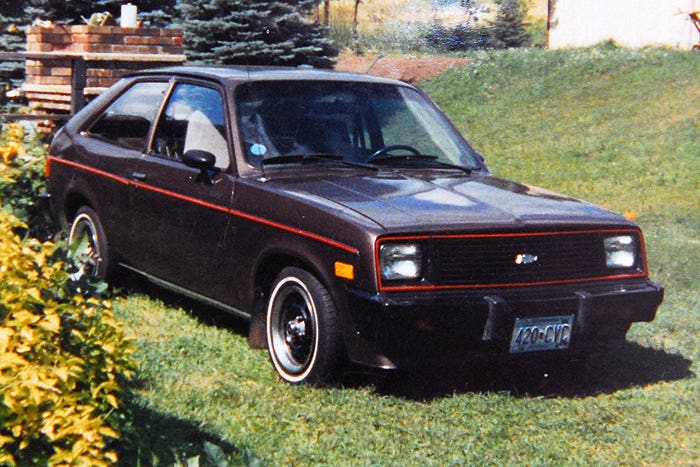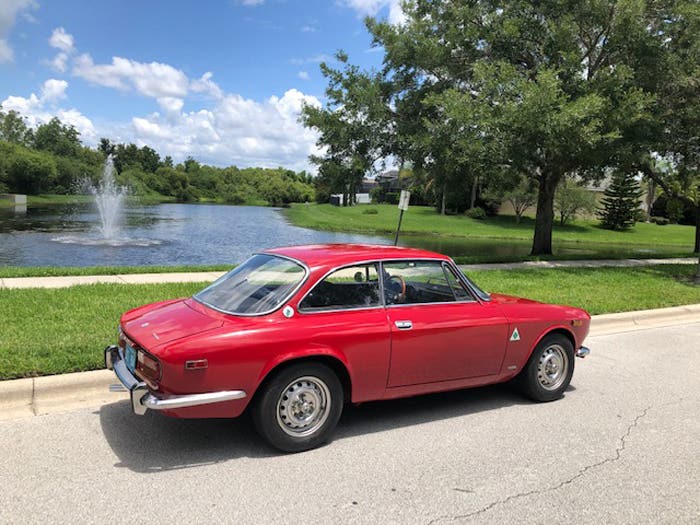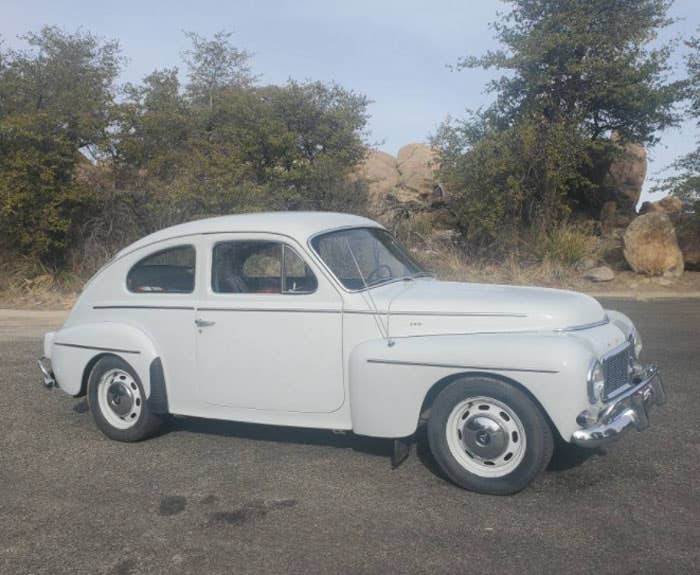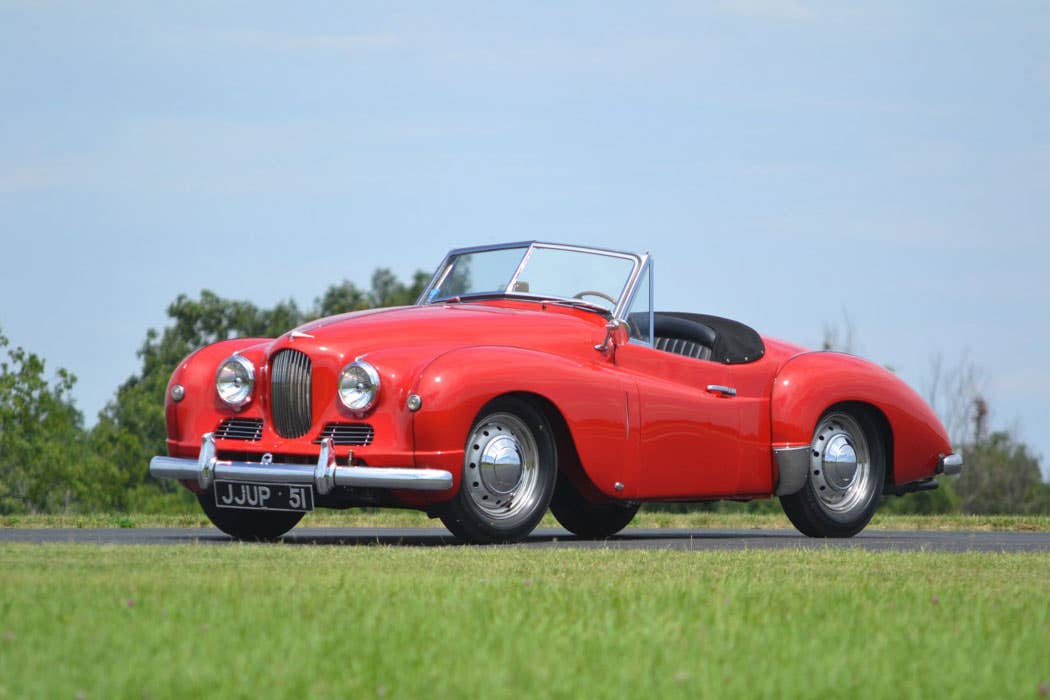Ford flashbacks
Back in 1983, FoMoco offered a solid lineup and set the stage for future success.
The Mustang received a beefy facelift in time to compete with
the completely new Chevrolet Camaro. Mustang also added a
convertible to the line for 1983 after a 10-year hiatus.
If you’re of a certain age — say, north of 50 — you may find it a little hard to believe that many cars of the 1980s are now considered antiques. However, if you think about it, nearly 30 years have passed since the ’80s began. It also marks more than 25 years since the 1983 cars went on sale, and for a 50-year-old car enthusiast, that’s half a lifetime. Perhaps it’s time to take a closer look at some of the cars of the 1980s.
Despite what many might remember, the automobile companies offered some really excellent cars in the 1980s that are appealing, even today. Since the old car hobby has so many Ford enthusiasts, Ford Motor Co.’s lineup for 1983 is probably a good place to start.
The early part of the 1980s were one of the most difficult periods for the U.S. auto industry. High fuel prices forced automakers to rapidly downsize their product lines and introduce more fuel-efficient vehicles to a public that was suddenly demanding good gas mileage.
The country was also in the throes of a sharp economic slowdown, and additionally, was suffering the effects of soaring inflation. Ever since the beginning of the decade, automakers had been battered by high costs and low demand.
Although 1983 marked yet another year of struggle for America’s automobile industry, Ford Motor Co. managed to field an impressive and very exciting lineup of new cars. The cars themselves were very much a reflection of the times. Although most of them were carryover designs, they were well-designed and appealed to a broad spectrum of Americans.
Ford, it seemed, had something to offer just about everyone that year.
Enter Escort
Anchoring the bottom of the Ford passenger car lineup was the Escort, a European-inspired small car that was America’s best-selling automobile in 1982. The reasons for its popularity were simple — it was a modern, front-wheel-drive hatchback with decent styling, good interior space and excellent fuel economy. As such, Escort represented a major improvement over small cars of the recent past, such as the late and unlamented Pinto. Ford offered Escort in three body styles consisting of a two-door hatchback, a four-door hatchback and a five-door station wagon. Each was available in three trim levels: basic L, fancier GL and top-line GLX. Rounding out the Escort range was a sporty GT model offered only as a two-door hatchback. Prices began at $5,639 for an L two-door hatchback and climbed to $7,339 for the GT hatchback.
Escort’s base engine was a 1.6-liter (98-cid) four-cylinder producing 70 hp at 4,600 rpm. Optional was an 80-hp H.O. version of that engine. Standard on the GT and optional on others was a fuel-injected 1.6 good for 88 hp. With so many good qualities offered at an affordable price, Escort continued to enjoy good sales. Although model year production was down in this difficult year for the industry, more than 151,000 Escort two-doors, 84,000 four-doors and 79,000 wagons were produced for the model year.
Exciting EXP
Ford had another small car in its lineup: the EXP, a diminutive two-door sporty car aimed at young people on a budget and commuters looking for an economical car with a bit of style and flair. EXP was one of Ford’s better ideas, because by basing it on the Escort, Ford was able to offer a two-seater at a very attractive price: just $6,426 for the base model. With excellent fuel economy, the only thing EXP lacked was knock-out styling. For some reason, Ford designers chose a too-conservative look for the EXP, which was a shame, because the little car had great potential. It offered a unique body style and two-seat exclusivity, but with the low price and reliability of the Escort. Those same arguments could be made today; in fact, an EXP would make a dandy collectible in today’s high-fuel-cost environment.
Mustang drops its top
The Mustang, the car that created the pony car segment, received some handsome styling updates for 1983, which gave it a more contemporary look. There was a new, more aggressive-looking grille and larger tail lamps. But the biggest news this year was the reintroduction of the Mustang convertible. This marked the first Mustang soft top in some 10 years, and it was greeted with tremendous enthusiasm by Mustang loyalists. We sometimes forget that when sales of convertibles drooped in the 1970s, companies ceased building them. But by the mid 1980s, there was renewed interest in rag tops, and several new models debuted. Mustang was one of the best-looking in the field.
For 1983, Ford offered a base Mustang notchback two-door L beginning at $6,727. There were also GL and GLX models offered in both two-door notchback and three-door hatchback body styles. The Mustang convertible could be had in GLX or GT trim. The V-8-powered Mustang GT came in three-door hatchback or soft-top versions, while the Turbo GT came only as a hatchback.
Mustang was able to maintain its popularity, even in the face of high fuel prices, because it offered so many powertrain choices. The base engine was an economical 2.3-liter inline four-cylinder good for 90 hp. There was also an optional 232-cid V-6 providing 112 hp. Hard-core driving enthusiasts usually sprang for the optional 5.0-liter (302-cid) V-8 that pumped out 175 hp. The turbo-charged four was good for 142 hp.
The Mustang’s popularity continued, with more than 120,000 units produced for the 1983 model year. Of these, some 23,438 were convertibles.
Fairmont’s fall
Next in the lineup was the Ford Fairmont, which five years earlier had been one of Ford’s top-selling cars. The lineup this year consisted of two- and four-door sedans in S and Futura trim, along with a Futura coupe. Although in past years a V-8 was offered, engine choices now were restricted to the standard 2.3-liter four or optional 200-cid inline six. This would be Fairmont’s final year. An old-fashion rear-drive car, it would be replaced in 1984 by the front-drive Tempo.
Likable LTD
Ford introduced a new, smaller LTD series this year to replace the discontinued Ford Granada. The LTD was essentially a mildly re-bodied Granada, and rode the same 105.5-inch wheelbase as both the Fairmont and Granada. Developed on the cheap, it at least gave Ford something new to offer. The hope was that by offering a “full-size” car name on a mid-size platform, Ford would attract LTD loyalists looking to downsize to a more affordable and economical family car. Three models were available: a four-door sedan in L and Brougham versions and a single station wagon. Big-car fans might be surprised to hear that for 1983 LTD sedans came with a 90-hp four-cylinder as standard, but they did.
Crown Victoria’s comeback
The big car that had been formerly known as the LTD was renamed “LTD Crown Victoria” for 1983, and that series continues today. During the prior year, the “Crown Vic” had been just a top-line model in the LTD line, but for 1983, all the big Fords were Crown Victorias. There were base two- and four-door sedans, a sedan in S trim, plus station wagons in base, S and Country Squire trim. All Crown Victorias rode a 114-inch wheelbase and offered plenty of room for a family. A 302-cid V-8 was standard on all models, with a 351-cid V-8 available in police versions.
Ford’s future
Ford offered a pretty decent lineup, in tune with the times. Buyers could have a small, front-drive economy car, or the same in a two-seat sporty coupe. Pony car buyers could have their Mustang as a fuel sipper or a road scorcher, and fans of the big Fords could have the traditional V-8 Crown Victoria or smaller LTD. Ford would stick with many of these models for several years to come.
CLICK HERE to tell us what you think in the Old Cars Weekly forums








